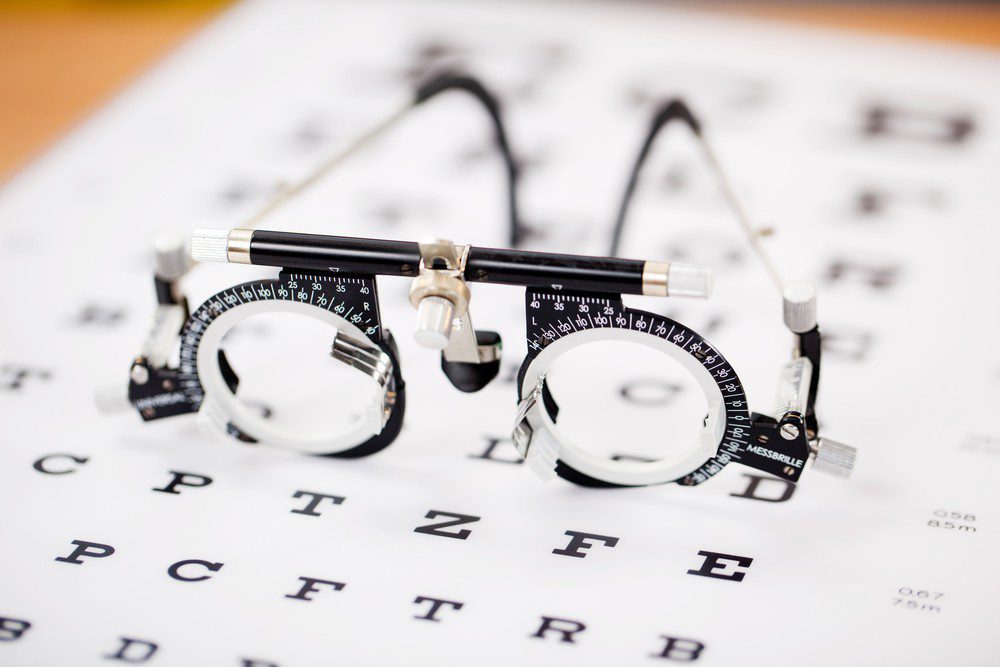
Eye health
Myth busting: Vision problems during pregnancy
Pregnancy brings about a lot of myths and old wives tales – from a pregnant mother’s beauty if she’s having a boy, to eating spices that can blind the baby…
Advices & tips

5 tips to go from glasses to contacts safely
Advices & tips
With the advent of contact lens technology, there are many options available for eye issues. Soft lenses, rigid gas permeable, disposable and even extended wear lenses are readily available. The key question becomes, can your eyes tolerate it? While most people don’t have any issues wearing contacts after an adaptation period, people susceptible to dry eyes find it hard to tolerate wearing a pair. Have your eyes checked for any problems before making the switch.
Where you work can determine if you’re eligible to wear contacts or not. Work environments that are dirty and prone to flying debris, smoke, ash, dirt, sawdust, crushed rock and other potential hazards that may enter your eyes are not a good fit if you want to wear contacts. Debris that enter your eyes while wearing contacts may cause irritations if not removed, cleaned and treated. On site removal of contacts is not recommended, especially in dirty environments. Serious eye infections may lead to blindness.
Long working hours can interfere with your daily cleaning and maintenance regimen if you’re wearing regular soft or rigid lenses. You should only be wearing contact lenses for a set period of time. You need to take them off regularly to give your eyes a break. Non-adherence to the schedule prescribed by your optometrist may cause further eye problems. If you work odd hours, ask your doctor about daily disposables or 30-day extended wear lenses.
Unless you use daily disposable lenses, wearing contacts require that your hygiene be spot on. According to Health Canada, 40%-90% of contact lens wearers do not follow proper care instructions which may lead to serious eye infections such as keratitis. Before making the switch, do a quick evaluation of your hygiene habits to see if you can handle the extra responsibilities of using contact lenses.
While it’s true that some disposable contact lenses would only cost you about a dollar a day, that’s still $30 a month. If you opt to wear regular soft or rigid lens, you need to purchase some lens cleaning solution that can set you back around $150 per year and the lens itself costs about $200 a year (soft lens). Even if you spend $400 on prescription glasses, you can use these for years before a replacement is needed. So, before making the switch, see if your wallet can handle the extra expenses.
Going from glasses to contacts is a relatively easy affair and you can always switch back if you feel it’s not for you. It pays to know why you want to make the switch in the first place. Glasses can get in the way or fog up during sports and other activities. If you want to switch to a better solution for your eyes if you’re into these activities, contact lenses are your best bet.
Ultimately, the switch is up to you and your optometrist. Whether it’s for cosmetic or practical purposes, contact lenses have a lot of upside if you can handle it well and with care.
Book an appointment with your eye doctor to discuss your options.

Eye health
Pregnancy brings about a lot of myths and old wives tales – from a pregnant mother’s beauty if she’s having a boy, to eating spices that can blind the baby…

Eye exam
How far and how clearly can you see? Your vision clarity is highly dependent on neural and optical factors, such as the responsiveness of the interpretative capability of the brain,…

Advices & tips
Computers are a part of our everyday lives. Desktop computers, laptops, tablets and smartphones can effect your eyesight and using these gadgets take up a considerable amount of our time each…